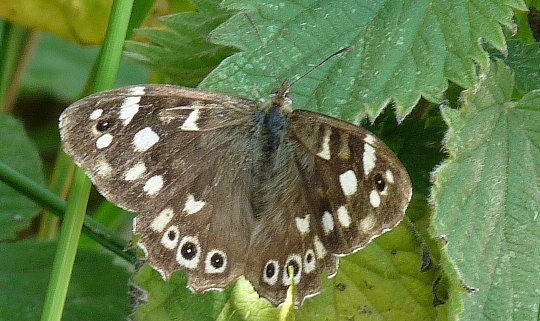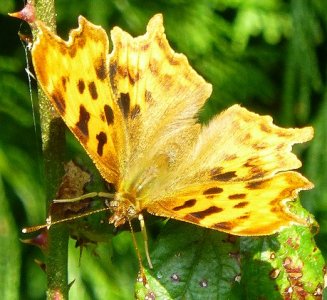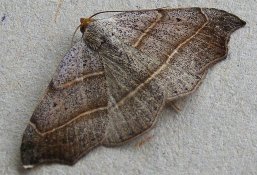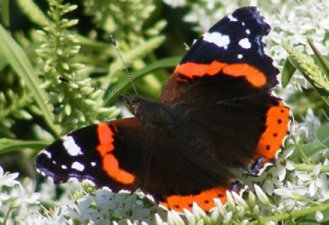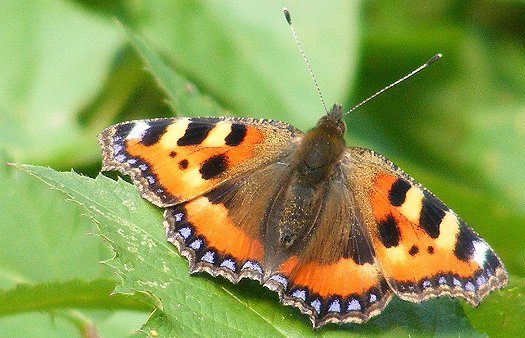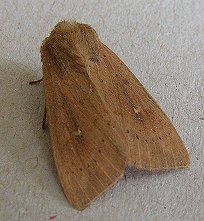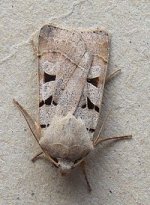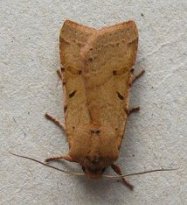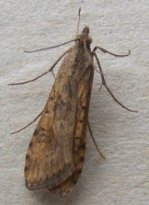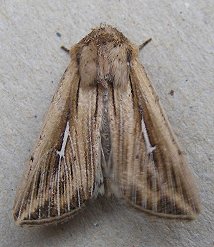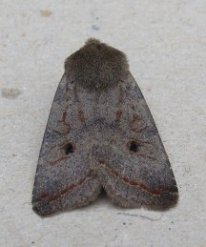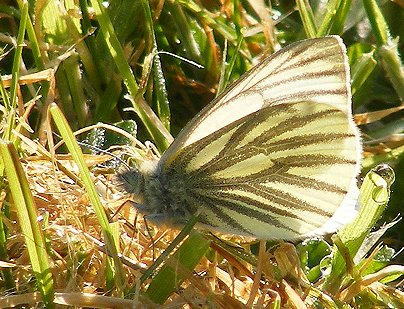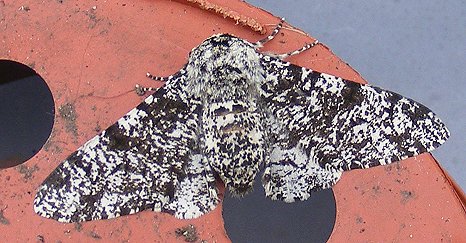Speckled Wood - July 2013
This picture was taken on the coast path near Sandy Haven.
Like many others butterflies Speckled Woods do not like to keep still -
photographing is a real challenge!
This one has been "in the wars" - it looks as if a bird has pecked the wing.
It is a marvellous strategy - the bird attacks what it thinks is
the eyes - more vulnerable body parts are thus protected.
